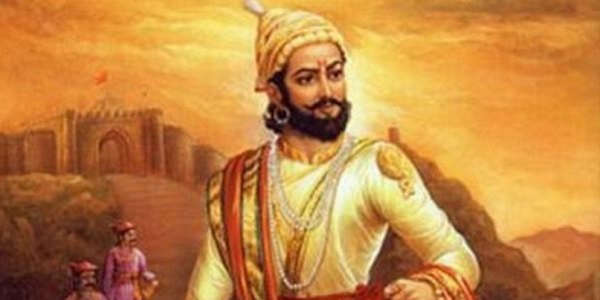Very important medieval Indian History General Knowledge questions and answers

In which of the following phase flint tools were used?
(A) Early Paleolithic Age
(B) Middle Paleolithic Age
(C) Upper Paleolithic Age
(D) Mesolithic age
Correct Answer : C
The policy of imperial preferences adopted by Britain in its colonies in 1932 is also known as the
(A) Hong Kong Agreement
(B) London Agreement
(C) Ottawa Agreement
(D) Paris Agreement
Correct Answer : C
Explanation :
The policy of imperial preferences adopted by Britain in its colonies in 1932 is also known as the Ottawa Agreement. This agreement was a series of bilateral trade agreements between the United Kingdom and various members of the British Empire, including Canada, Australia, South Africa, and New Zealand. The agreements aimed to promote trade within the British Empire by providing preferential treatment to goods from member countries.
The declaration of the Rights of Man is related with ?
(A) The Russian Revolution
(B) The French Revolution
(C) The American War of independence
(D) The Glorious Revolution of England
Correct Answer : B
Explanation :
The Declaration of the Rights of Man and of the Citizen is associated with the French Revolution. It was adopted by the National Constituent Assembly in France on August 26, 1789. The declaration was a fundamental document that proclaimed the basic rights and principles of equality, liberty, and fraternity for all citizens.
Who among the following had written Laila Majnu and Tughlaq Nama ?
(A) Amir Khusru
(B) Ghazi Malik
(C) Juna khan
(D) None of these
Correct Answer : A
Explanation :
The works "Laila Majnu" and "Tughlaq Nama" are attributed to the Persian and Urdu poet Amir Khusrau. Amir Khusrau was a prominent figure in the medieval Indian literary and cultural landscape during the Delhi Sultanate. "Laila Majnu" is a tragic love story, and "Tughlaq Nama" is a historical work that provides an account of the reign of the Delhi Sultanate ruler Muhammad bin Tughlaq.
Which Charter Act brought to an end, the East India Company's monopoly in India's foreign trade?
(A) Charter Act of 1853 / 1853
(B) Charter Act of 1793 / 1793
(C) Charter Act of 1813 / 1813
(D) Charter Act of 1833 / 1833
Correct Answer : C
Explanation :
The Charter Act of 1813 brought an end to the East India Company's monopoly in India's foreign trade. This act marked a significant shift in British India's economic policies, allowing Indian trade to be opened to private enterprise and foreign traders, breaking the monopoly that the East India Company had held over trade activities.
Whose part was Gandhiji's 'Dandi March'?
(A) Non-Cooperation Movement
(B) Self government league
(C) Civil disobedience movement
(D) Quit India Movement
Correct Answer : C
Where is Muslim mosque situated where an heir of pagamber Mohammad Saheb has been preserved?
(A) Ajmer
(B) Ahmedabad
(C) Srinagar
(D) Mecca
Correct Answer : C
Who was the leader of the Bardoli Satyagraha?
(A) Dr. Rajendra Prasad
(B) Pandit Jawaharlal Nehru
(C) Sardar Vallabh Bhai Patel
(D) Acharya J.B. Kripalani
Correct Answer : C
Explanation :
The leader of the Bardoli Satyagraha was Sardar Vallabhbhai Patel. Bardoli Satyagraha was a successful non-violent protest against the high land revenue imposed by the British in the Bardoli taluka of Gujarat, India. Sardar Patel played a crucial role in organizing and leading the movement, which eventually led to the withdrawal of the proposed tax hike.
Indicate the correct sequence of the outbreak of revolt of 1857 in the following places?
1. Kanpur
2. Lucknow
3. Allahabad
(A) 2,3,1
(B) 2,1,3
(C) 3,2,1
(D) 1,2,3
Correct Answer : B
Who is known as lok nayak ?
(A) Jayprakash Narayan
(B) Lala Lajpat Rai
(C) Dadabhai Nauroji
(D) Mahatma Gandhi
Correct Answer : A



